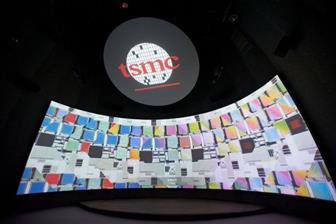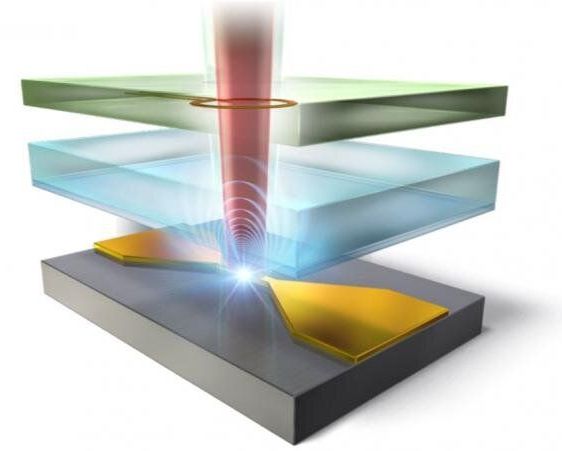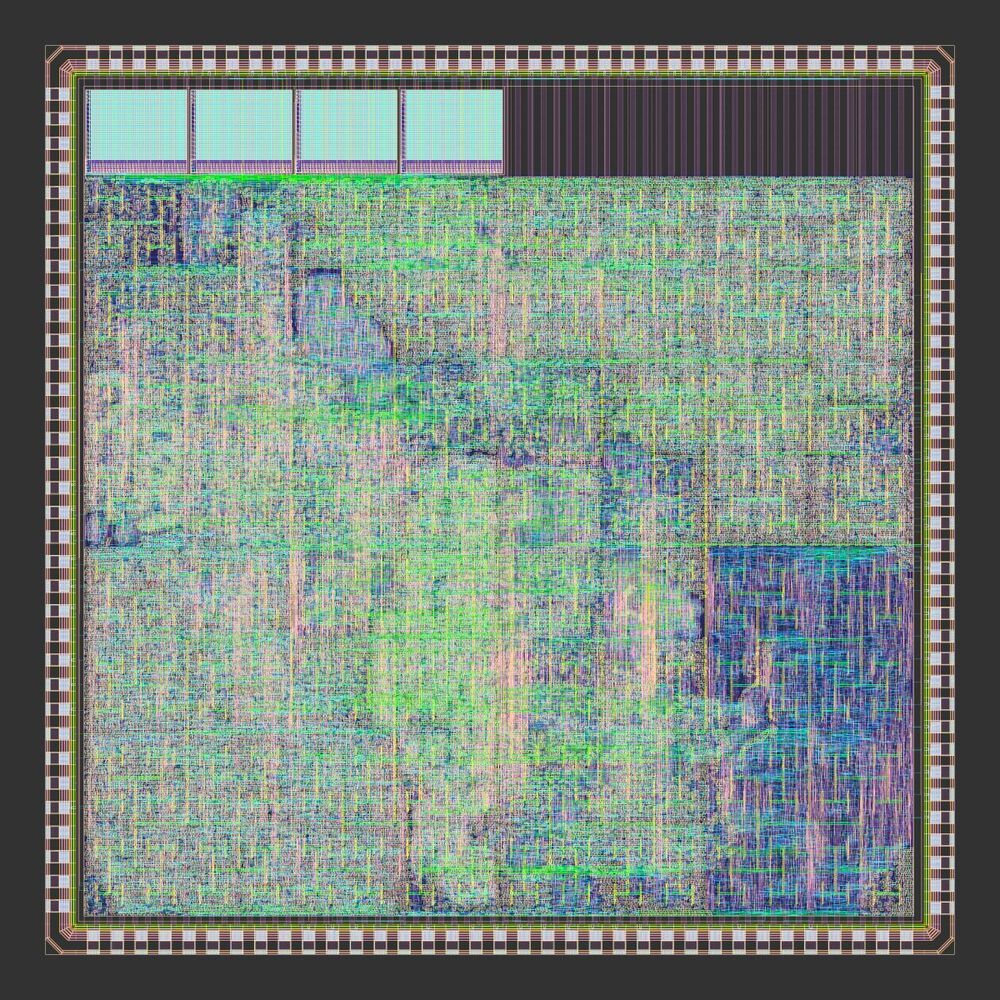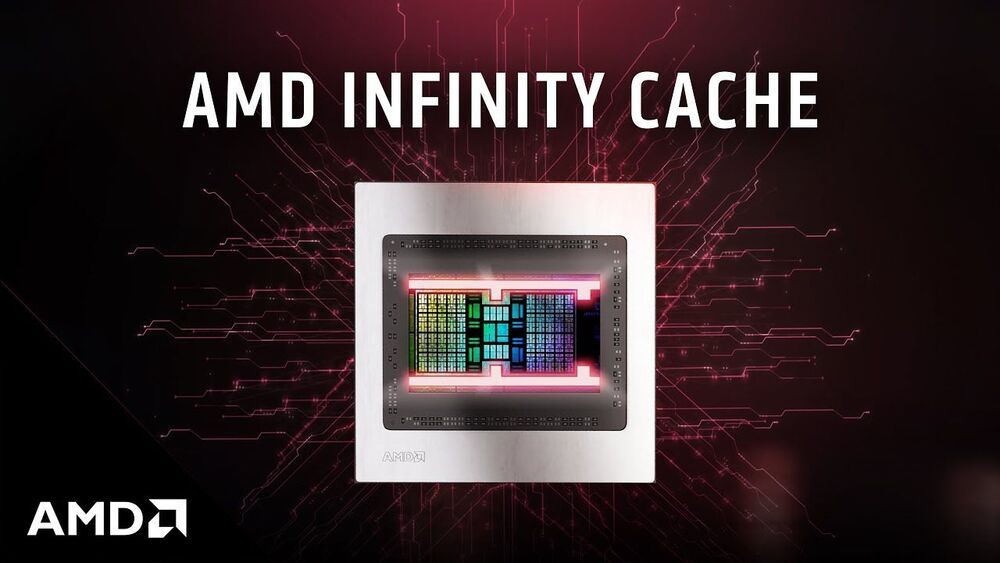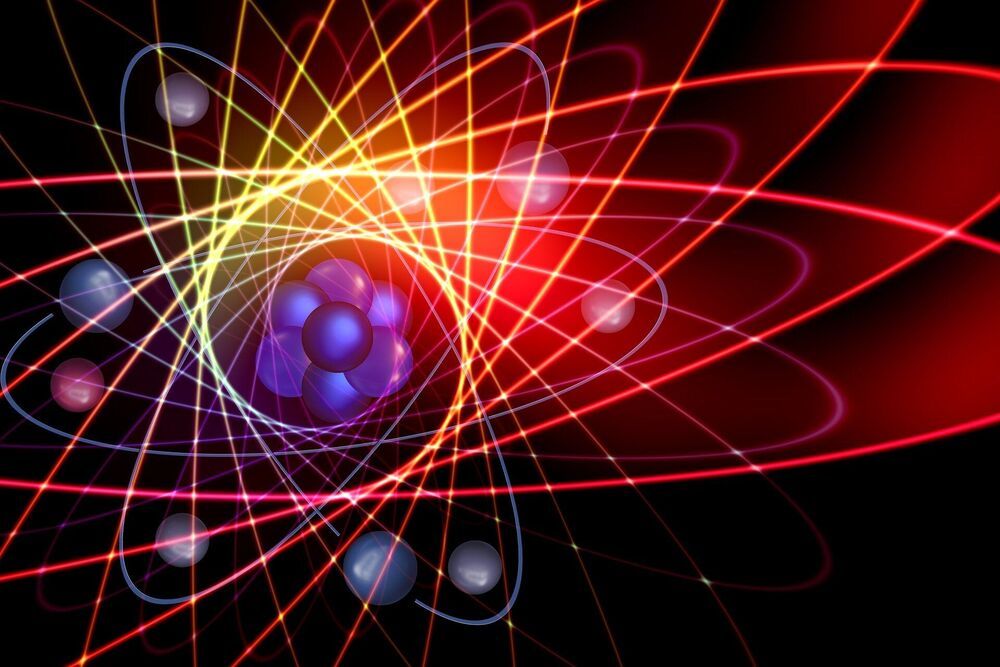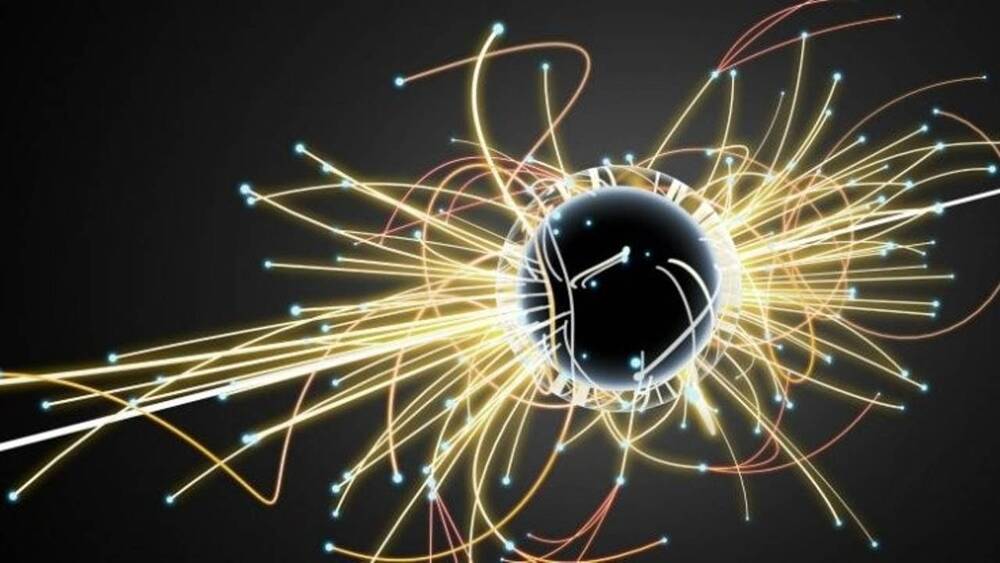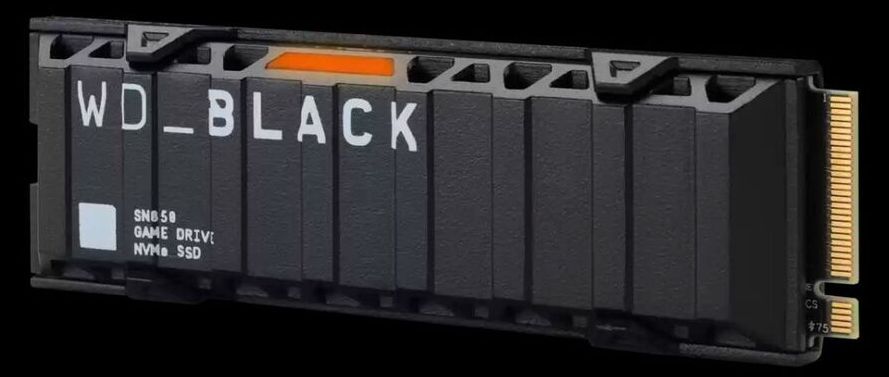Jul 14, 2021
Highlights of the day: TSMC mulls more overseas fabs
Posted by Genevieve Klien in category: computing
TSMC is mulling setting up more fabs overseas, apart from its exsiting facility in Nanjing, China and the one being built in the US. TSMC is looking at building new fabs in Japan and Germany for 28nm and 12/16nm chip output. Apple is keen on adopting miniLED backlighting for its devices, and is likely to add China-based Luxshare as a second supplier of SMT services for miniLED BLUs. Meanwhile, notebook component suppliers are turning cautious about building up inventory amid mixed signals about the notebook market’s outlook.
TSMC mulls 28nm, 12/16nm process capacity expansion overseas: TSMC will soon disclose plans to build additional 28nm and 12/16nm process fabrication lines at new fabs, in addition to its Nanjing fab expansion, according to industry sources.
Luxshare to become second SMT service provider for miniLED backlighting for Apple: Taiwan Surface Mounting Technology (SMT) is currently the only provider of SMT services for Apple’s miniLED backlighting applications, but China-based Luxshare Precision Industry is expected to become a second provider in fourth-quarter 2021 at the earliest, according to industry sources.
